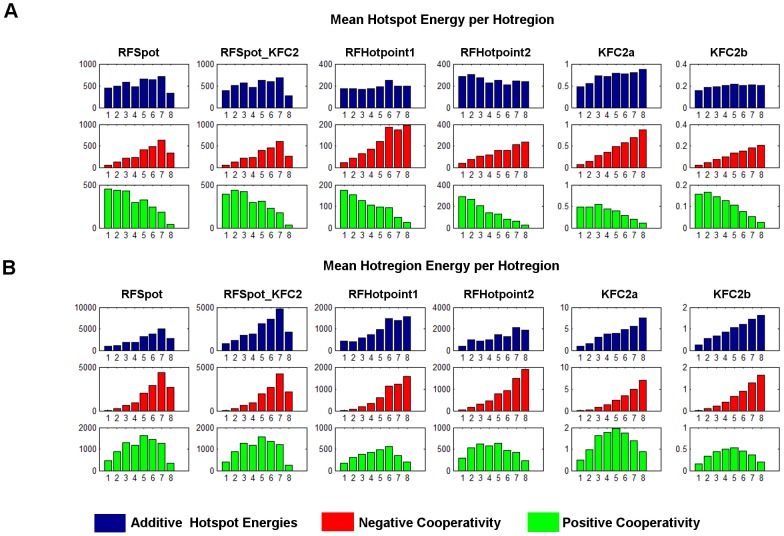Figure 10. Effects of cooperativity on effective energetic contribution of hotregions.
The summation of single-point alanine ΔΔGs of a hotregion may underestimate/overestimate its contribution if negative/positive cooperative effects are at play respectively. In this work, in order to account for potential cooperative effects, hotspot descriptors HSEner_PosCoop, HSEner_NegCoop apply linearly decreasing and increasing weights respectively to single-point alanine ΔΔGs within a hotregion. In turn Int_HS_Energy, based on the assumption the hotspot residues within the hotregion can be assumed to be additive, does not apply any weights. Here, the effects of accounting for cooperative/additive effects on the predicted hotspot and hotregions energies on all mutated complexes used in this work, is shown. (A) The mean hotspot energies for hotregion sizes of 1 to 8 hotspot residues. Each column shows the predictions of different hotspot predictors. (A) First row (blue), shows the raw mean hotspot energies, which essentially assumes all hotspots are additive within a hotregion. (A) Second row (red), assumes negative cooperativity within hotregions. To account for negative cooperativity, a linearly increasing weight is applied to the hotspot energies according to the size of the hotregion they are in (see Materials and Methods). (A) Third row (green), assumes positive cooperativity within hotregions and a linearly decreasing weight is applied to the hotspot energies according to the size of hotregion. (B) is similar to (A) but values are now the mean of the total hotregion energy of the given size. Effectively, the additive hotspot energy assumption results in hotregions contributing in a linearly increasing manner according to their size, the negative cooperativity assumption results in hotregions contributing in an increasing exponential-like manner as the hotregions increase in size, and the positive cooperativity assumption results in hotregions reaching a maximum contribution at around a hotregion size of 5, with their contribution decreasing beyond.

